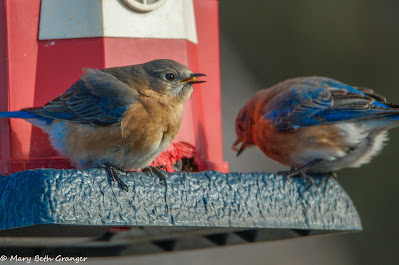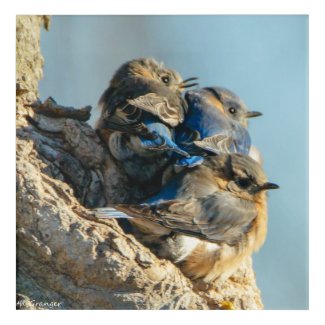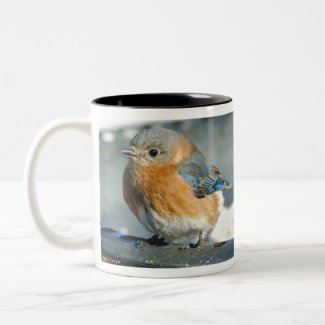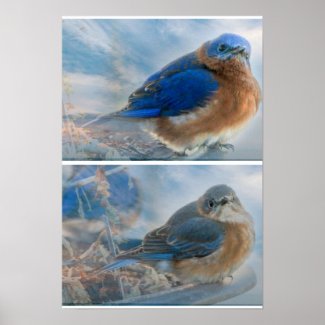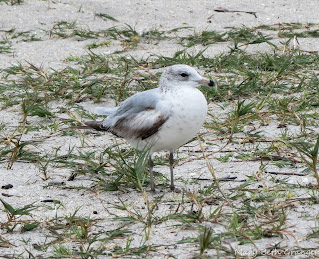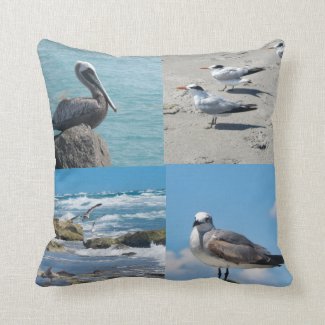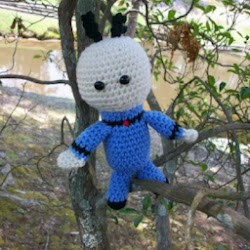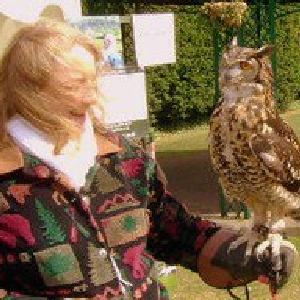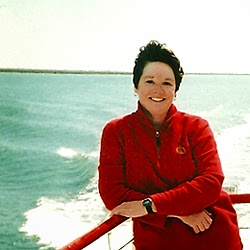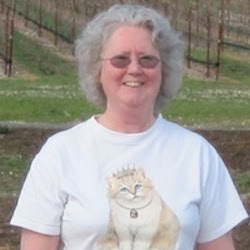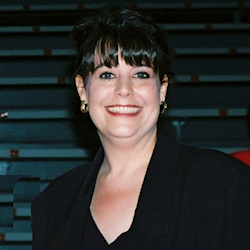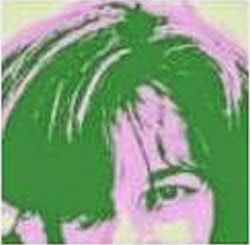How to successfully attract birds, bees and butterflies to your garden and enjoy them all season long!
Everyone that I know is so tired of winter. Once the clocks have moved ahead for Daylight Savings Time, all of us are just counting down the days until we see those first signs of spring.
I have not yet had the delight of my first Robin or Blue Birds. I know though that they will be coming very shortly. And I am ready to welcome them all with some special treats that I know they will love.
If you want the birds, bees and butterflies to come to your yard, you need to provide some of the things they will want.
Like any other living creature, these little marvels of nature are looking for shelter, food and water. Those are the essentials for any living being that you would care for. Garden visitors are no different in that regard. The only other thing that they may be looking for, would be a safe place to nest. Trees and bushes are great for that!
Flowers are food!
Bees and butterflies and yes even the birds are looking for flowers to feed their appetites. Pollen laden plants are a bee's best friend. Butterflies and bees like nectar laden flowers too. Birds are more attracted to seed heads that will come later in the year. But they will use petals, and leaves to line their nests.Attracting different kinds of birds
If you set out bird houses, you will certainly get some feathered friends calling your yard their home too. Feeders for finches and hummingbirds will almost guarantee their arrival at your doorstep. Plant the right kinds of flowers and you will have an abundance of these lovely little creatures to watch and enjoy.
Butterflies, birds and bees will enjoy a bird bath. The birds will splash around cooling themselves off in the heat of the summer, while the butterflies and bees will also stop for a drink and a little rest. Butterflies and bees can also make use of the sugar water that is in your hummingbird feeders, so don't be surprised to see them there too.
Having a place that is rich in flowers and shrubs with a few trees for their safety will make all of these creatures very happy to call your home, their home too!
Picking the flowers and shrubs to enhance your garden!
If you really want the butterflies, bees and birds in your garden, here is a list of some of the best ones to plant.
- Butterfly bush, as the name indicates is a magnet for many different types of butterflies, but they are also a magnet for hummingbirds too!
- Sunflowers, their flat heads are wonderful landing pads for all garden critters.
- Coneflowers will attract bluebirds, bees, and butterflies as well.
- Service Berry Bushes will attract cardinals, robins, cedar waxwings and more.
- Phlox is another great plant to attract birds and butterflies.
Gardening for Birds, Butterflies and Bees!
You can get your own right here! It is a great resource book and one that you can come back to and reference for future garden projects or additions.
You might also like to take up photography when you see how beautiful it is to have these creatures in your garden. Mary Beth (another writer on Review This) shows us what it's like to take pictures and how to do it too! You can check out her article right here: Bluebird Facts and Photography
Having a natural flower filled garden will surely bring you and all the visitors to your garden a lot of joy and happiness. The colors and scents, along with all the activity will inspire you to enjoy the beauties of nature.
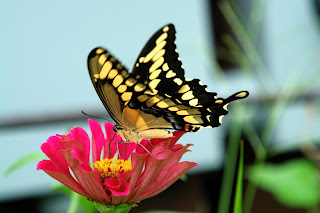 |
| Swallowtail Butterfly |
 |
| Bee with sunflower |
Note: The author may receive a commission from purchases made using links found in this article. “As an Amazon Associate, Ebay (EPN) and/or Esty (Awin) Affiliate, I (we) earn from qualifying purchases.”






